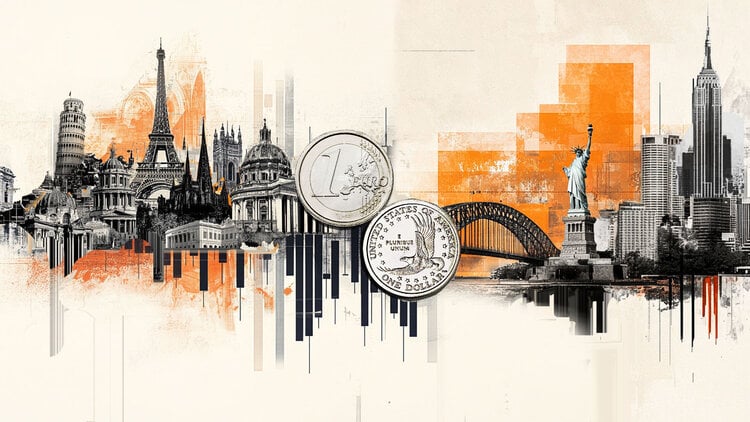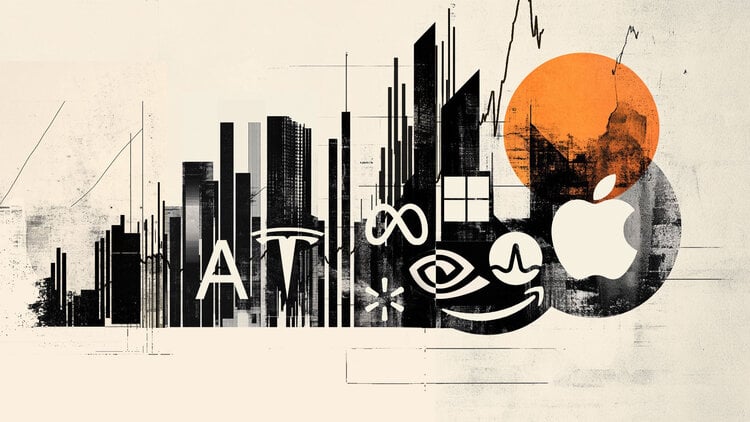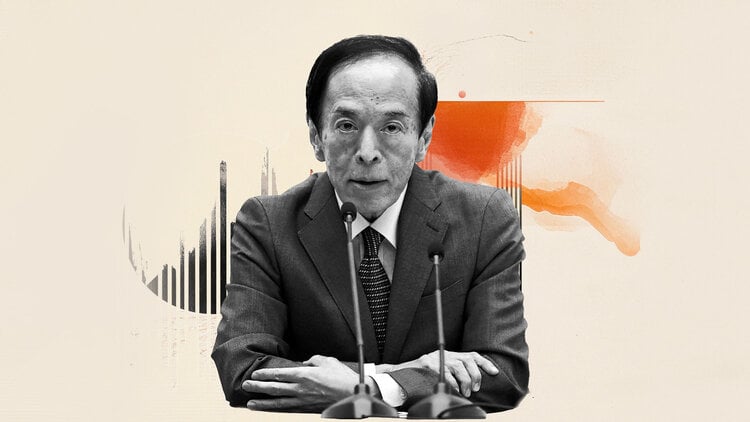New York City and other major cities in the northeastern United States are bracing for heavy snowfall from a powerful and fast-moving “Nor'easter” storm that is expected to cause power outages and significantly disrupt travel, work and classes.
Governors in several states, including New Jersey, New York and Massachusetts, are asking people to work from home and avoid non-essential travel, due to concerns that snow and high winds will create treacherous road conditions.
“Mother Nature is sending her love our way on Valentine's Day in the form of a massive snowstorm,” New York Governor Kathy Hochul said Monday.
She warned of dangerous travel conditions and possible power outages.
Parts of the Northeastern United States, including New York City, could experience the heaviest snowfall in more than two years on Tuesday. Up to 5 centimeters of snow per hour is expected in the hardest-hit areas.
The exact forecast remains uncertain, meaning even small changes in the storm's path could drastically alter which cities feel the biggest impact.
Recent forecasts show widespread heavy snowfall beginning Tuesday in southeastern Pennsylvania, New Jersey and New York and extending into southern New England.
Ahead of the storm, New York City's transit authority began preparing rail lines, bridges and subway systems, including equipping buses with snow chains and positioning trains for de-icing and debris removal on outside tracks.
“People are used to a fairly mild winter, so take all necessary precautions,” Hochul said.
“If you can work remotely, that’s great because we want to make sure our roads are clear for plows, as always.”
The heaviest snowfall is expected during New Yorkers' morning commute and the city could receive up to 8 inches of snow by the end of the day, according to the local National Weather Service office.
New York City public schools will transition to remote learning on Tuesday. Elsewhere, classes were canceled in several city districts, including those in Boston; Newark, New Jersey; and New Haven, Connecticut.
In Massachusetts, where Boston could see up to 7 inches of snow, Gov. Maura Healey warned that the snow could become too heavy for plows to keep up with.
Clearing roads may take some time as wet snow combined with freezing temperatures can cause ice, the governor said.
Air travel across the region is already being affected. Of the nearly 1,000 U.S. flight cancellations on Tuesday, the majority occurred in or out of major airports in New York, Boston and New Jersey, according to FlightAware.
What to expect from the storm
Light snow began falling overnight in central Pennsylvania, northern New Jersey and New York's Hudson Valley and will continue to get heavier Tuesday morning, creating slushy and snowy road conditions for passengers.
Winter storm warnings stretch from far northern Virginia to Pennsylvania and up the coast from New Jersey to Massachusetts on Tuesday.
Snow totals are expected to vary significantly between cities separated by just 20 to 30 miles.
Up to 2 inches of snow per hour could fall in the impacted region by Tuesday morning — along with wind gusts of up to 40 mph, according to the Weather Prediction Center.
Power outages are possible because the combination of dense, wet snow and strong winds can damage trees and down power lines, the weather service said.
New York City is expected to see between 10 and 20 centimeters of snow, and similar amounts are forecast in Boston.
Most of the snowfall will end in New York City by noon Tuesday and will continue to taper off through the afternoon as the storm moves toward the Northeast.
The snowy weather will be a big change of pace for the region, as many cities in the Northeast are experiencing their warmest winter on record.
Historically, February is the snowiest month of the year for many of the region's major cities because of blizzards like this one.
Source: CNN Brasil
Bruce Belcher is a seasoned author with over 5 years of experience in world news. He writes for online news websites and provides in-depth analysis on the world stock market. Bruce is known for his insightful perspectives and commitment to keeping the public informed.







